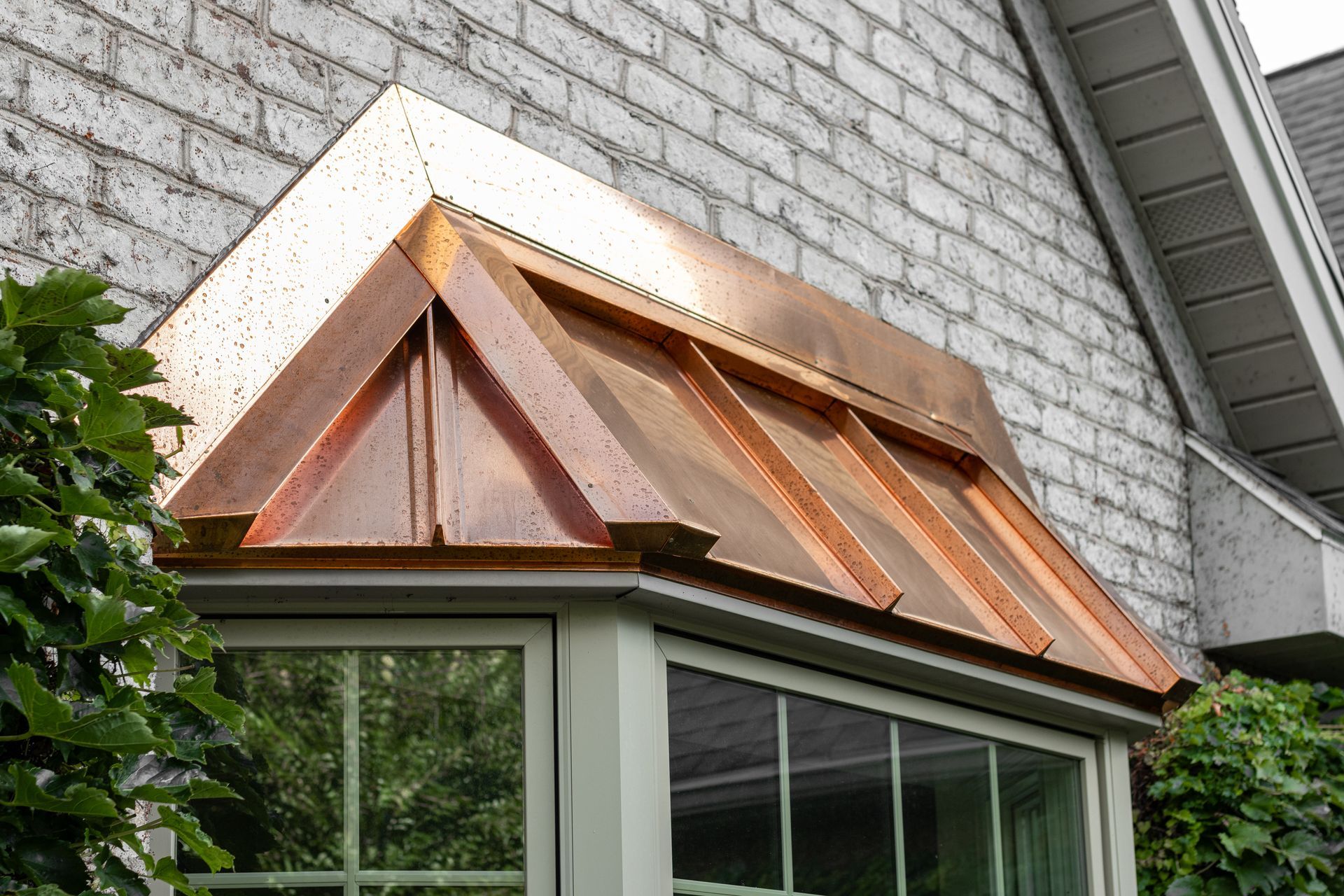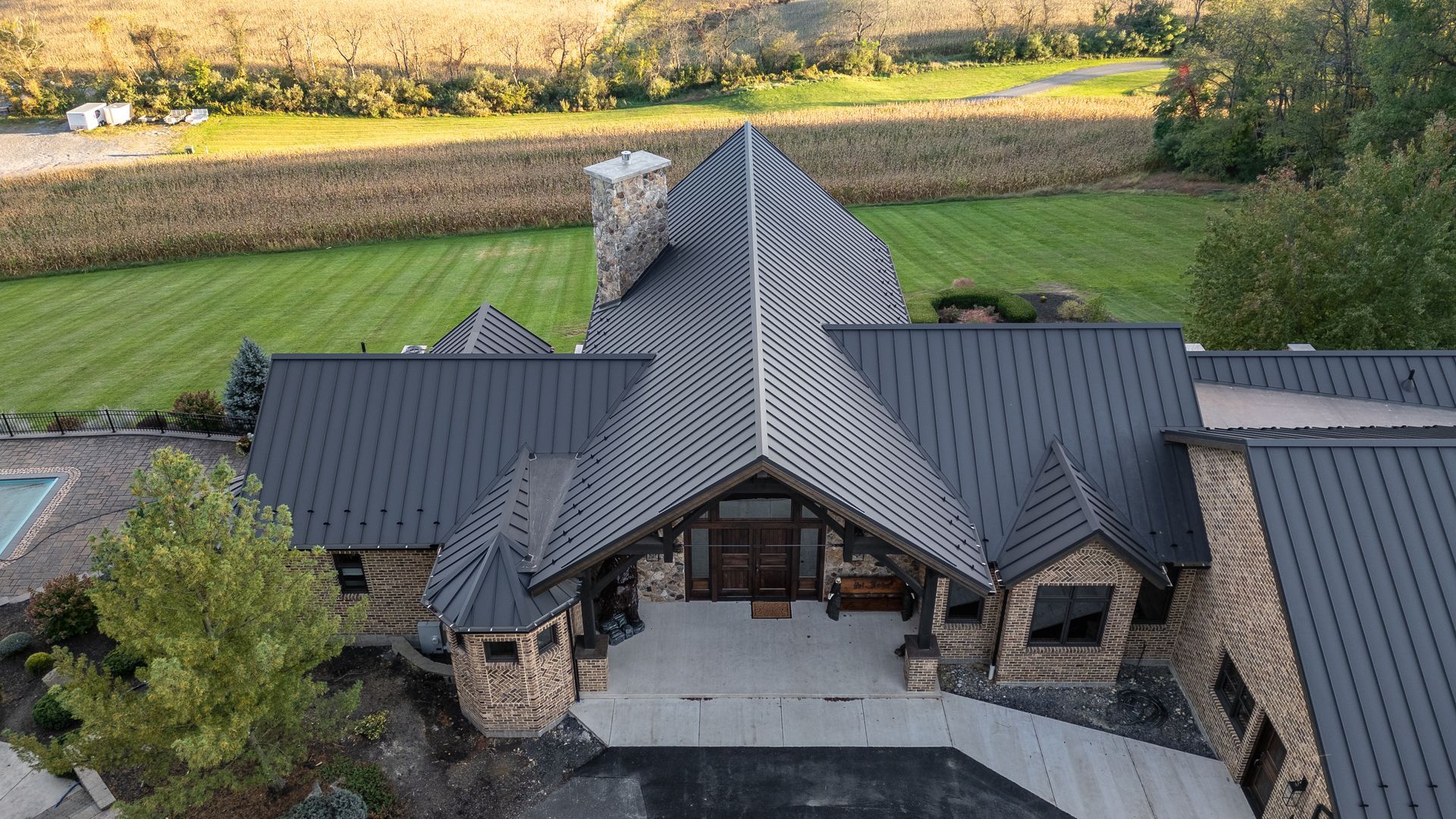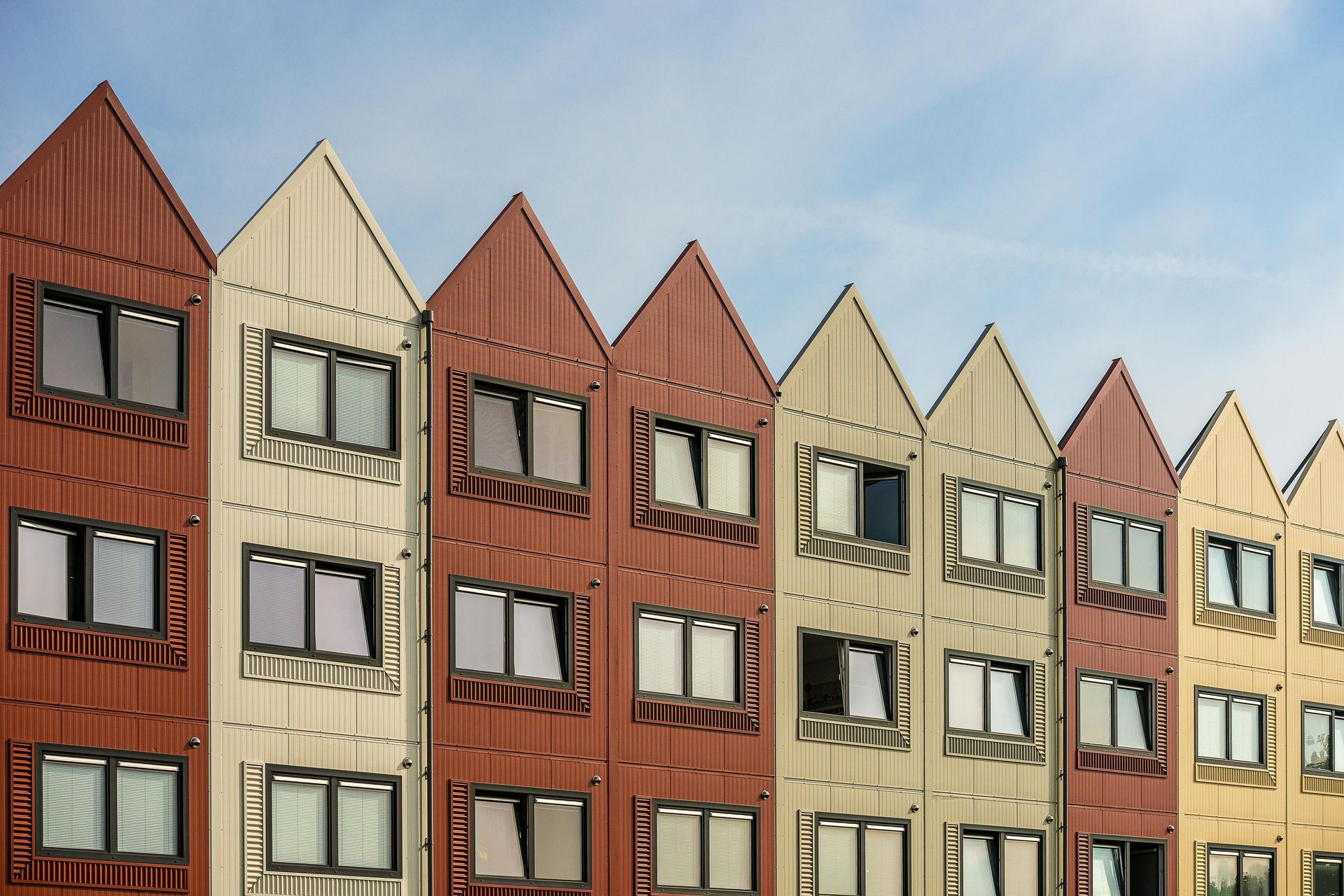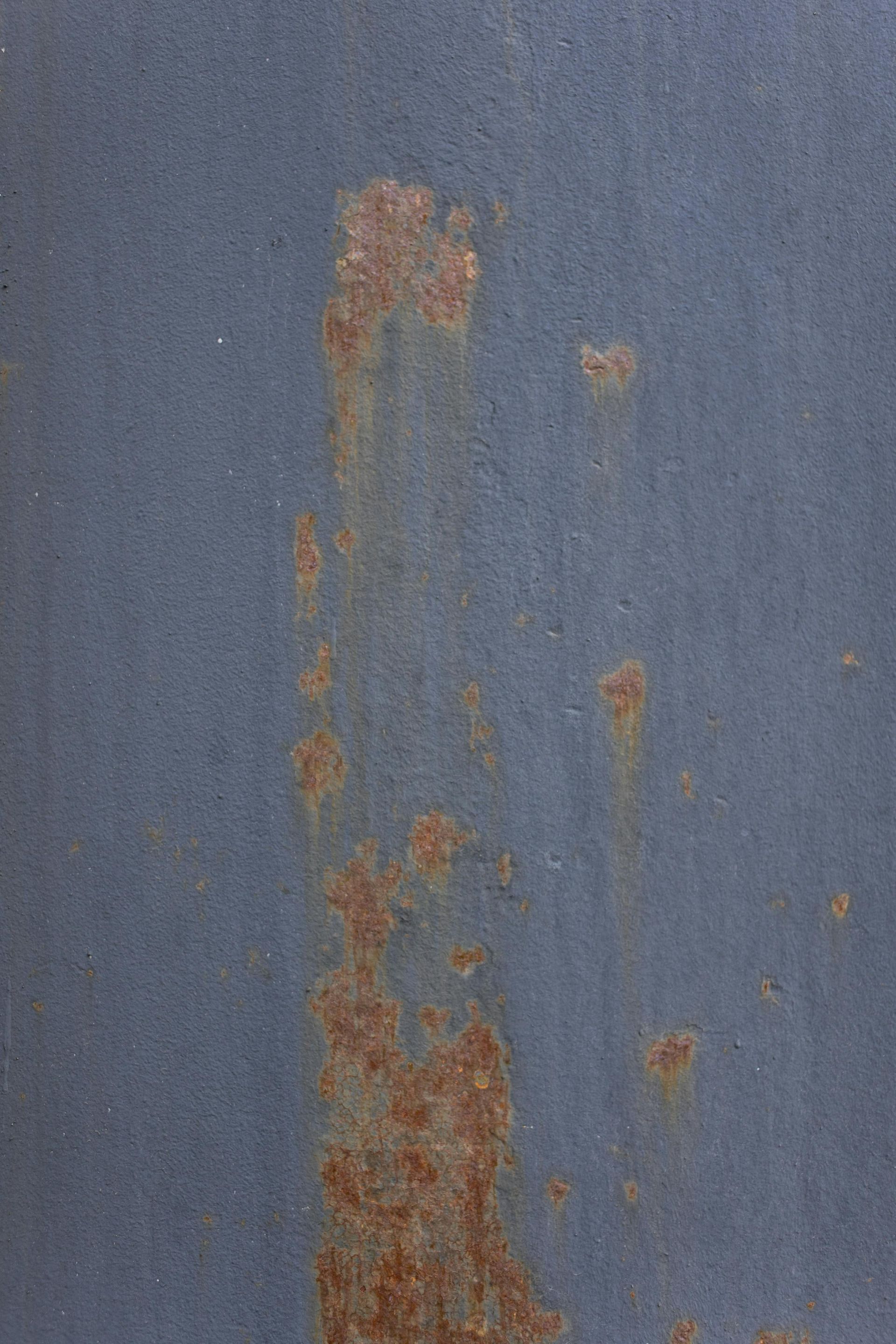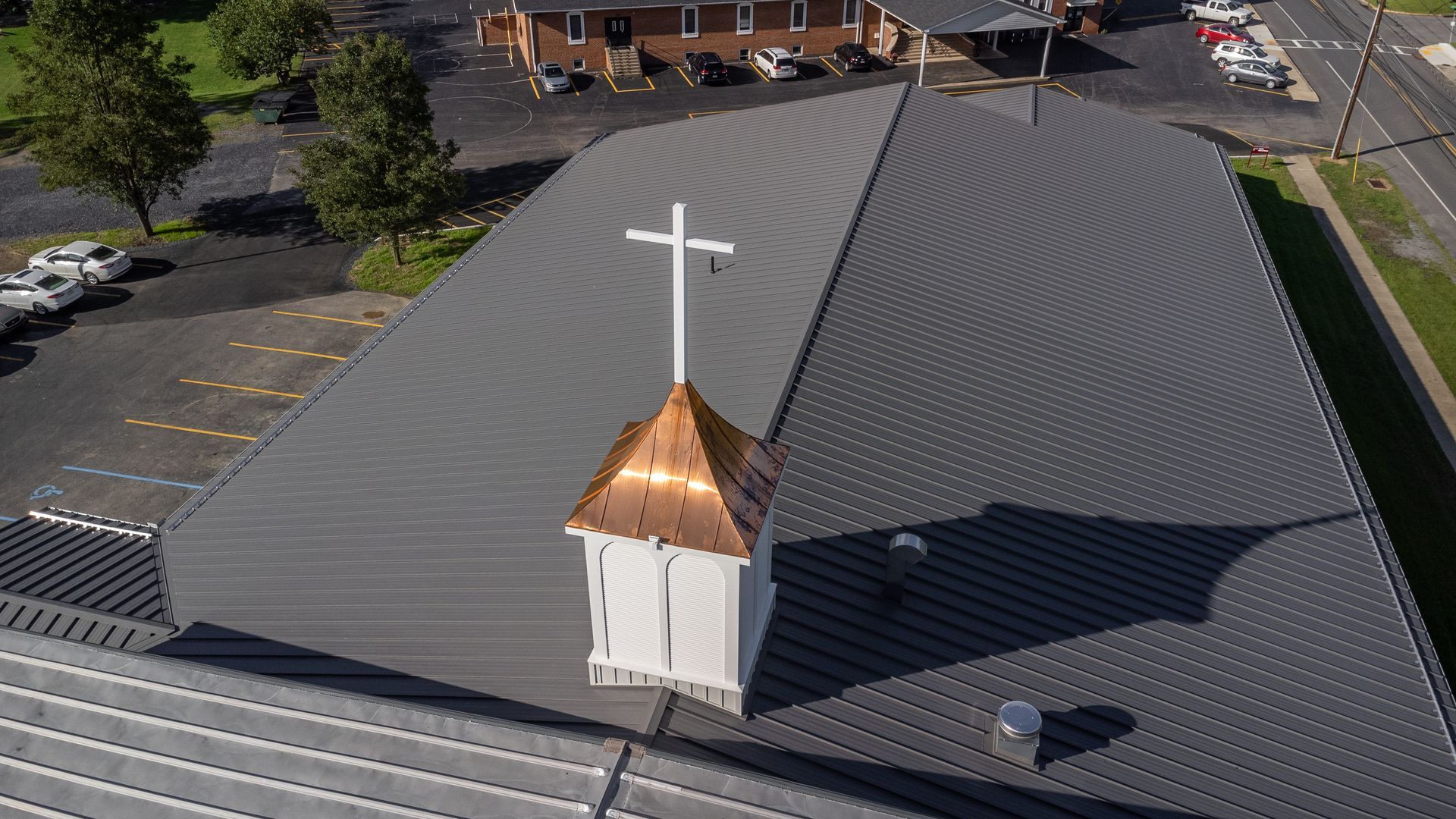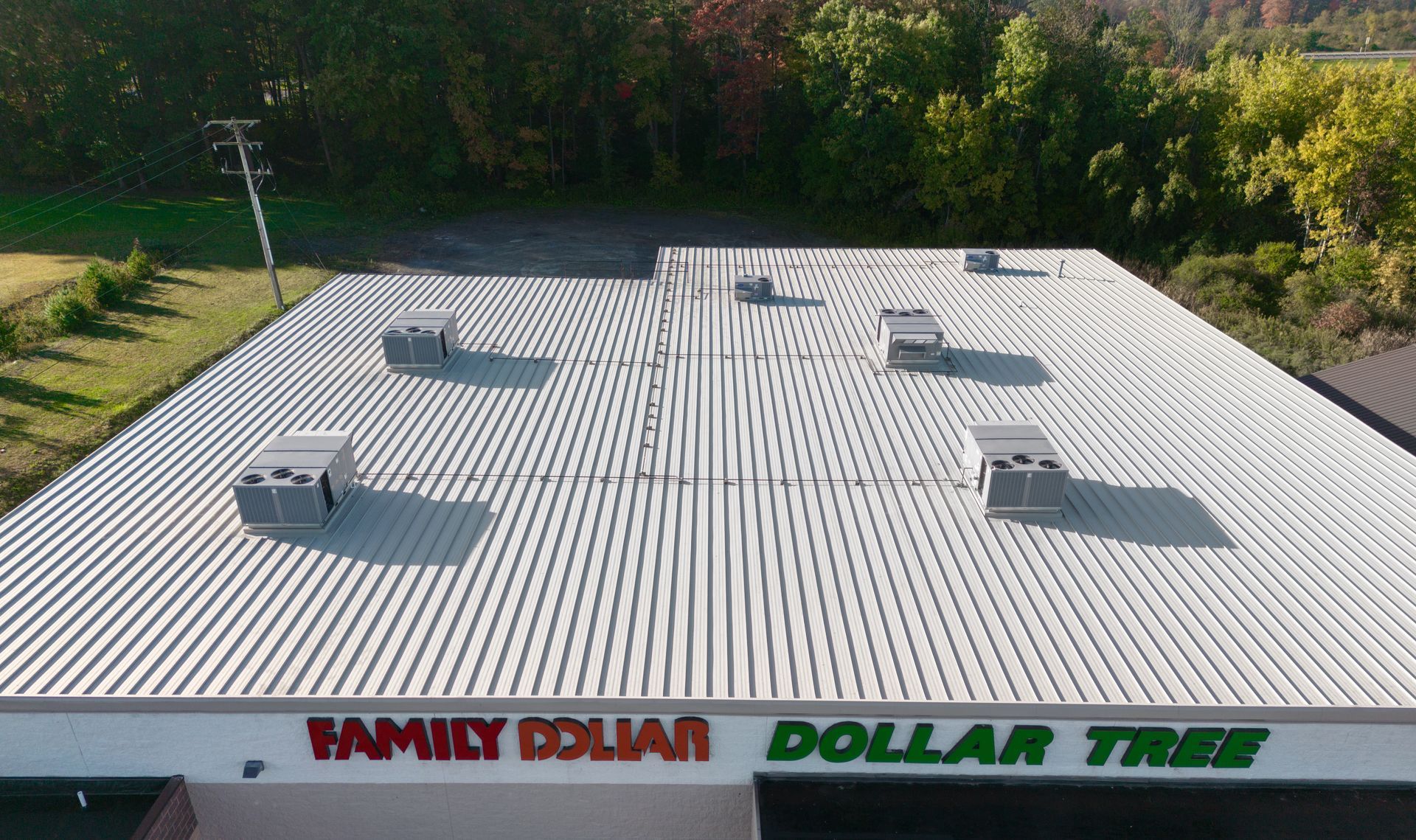The Cost of Inaction: Calculating the True Expense of Delaying Your Commercial Roof Replacement
Why delaying roof replacement can cost your business more

In the world of commercial property management in Central Pennsylvania, the budget line item for capital improvements often sparks debate. When faced with an aging roof that clearly needs attention, it can be tempting to prioritize immediate, less costly repairs or delay the larger expense of a full replacement. This practice, known as deferred maintenance, might provide short-term budgetary relief, but the financial mathematics tell a stark and often alarming story.
Understanding the true economic impact of roof neglect requires looking beyond the immediate repair bill to consider the cascade of consequences that follow a deteriorating roof system. At Midtech Standing Seam, we want to help businesses across State College, Bellefonte, Lock Haven, Boalsburg, Centre Hall, Lemont, Port Matilda, Pine Grove Mills, and Pleasant Gap shift their thinking: a new roof is not an expense; it is a critical investment in asset protection and operational continuity.
The Deferred Maintenance Multiplier Effect
Industry research consistently demonstrates the exponential cost growth of deferred maintenance. What begins as a minor issue quickly follows a predictable, disturbing pattern of escalation. Estimates often suggest that every dollar of necessary repair delayed can cost three to seven dollars in future corrective action.
A tiny leak from a pinhole in the membrane or a compromised piece of flashing might be a $500 fix today. If postponed, that seemingly harmless drip can lead to an entire chain reaction of damages:
- Insulation Saturation: The water seeps into the roof system’s insulation, destroying its thermal efficiency. The damaged insulation then needs to be ripped out, replaced, and properly disposed of, turning a minor repair into a multi-thousand-dollar remediation project.
- Deck and Structure Damage: Water infiltration doesn't stop at the insulation. It eventually compromises the underlying roof deck, causing rot in wood or rust in metal components, leading to structural instability that requires far more complex and expensive repairs.
- Mold Remediation: The moisture trapped within the building envelope creates an ideal environment for mold growth, requiring specialized, costly, and often disruptive remediation services.
By the time the damage becomes visible as a ceiling stain or a dripping tile, the underlying problem has likely been multiplying its cost for months or even years.
The Hidden Killers: Indirect Costs That Drain Profit
While structural repair costs can be quantified, the most financially significant consequences of roof failure are often the indirect costs that remain invisible on a standard maintenance ledger.
1. Escalating Energy Costs
Your roof is a crucial component of your building's thermal envelope. When the roof system fails, the building’s energy efficiency is immediately compromised. Deteriorating insulation, saturated from leaks, allows conditioned air to escape in the winter and external heat to penetrate in the summer. This forces your Heating, Ventilation, and Air Conditioning (HVAC) systems to work constantly to maintain stable interior temperatures.
This consistent over-exertion does two things: it results in higher utility bills that consume profit, and it significantly shortens the operational lifespan of your expensive HVAC equipment. Investing in a highly reflective metal roof, like a Midtech Standing Seam system, not only protects the building but helps restore thermal efficiency, leading to compounding savings year after year.
2. Business Interruption and Loss of Revenue
For commercial properties, this is frequently the most catastrophic consequence. A major roof failure or emergency leak, particularly one that occurs during business hours, can force a partial or total shutdown of operations.
This disruption means lost revenue, unproductive employee downtime, and potential loss of inventory (especially critical for warehouses or manufacturing facilities). Emergency repairs also carry a premium, often costing two to three times the rate of a planned project, simply because the work is urgent and done under duress.
3. Decreased Property Valuation and Tenant Retention
If you own or manage a commercial property, a failing roof impacts your bottom line directly through tenancy. Tenants are quick to spot visible leaks, water stains, and compromised common areas. Unresolved maintenance issues lead to decreased tenant satisfaction, higher turnover rates, and difficulty securing long-term leases—all of which erode your property's long-term market value. Showing prospective tenants a plan for installing a durable, low-maintenance Midtech Standing Seam roof, especially one installed via the non-disruptive Roof Hugger system, is a major marketing asset.
The Proactive Solution: Investing in Midtech Standing Seam
The decision should not be between a cheap fix and a full replacement, but between planned investment and emergency catastrophe.
Choosing a Midtech Standing Seam metal roof for your commercial property provides a definitive solution to this cycle of deferred maintenance. With its 50+ year lifespan, superior resilience against the elements, and concealed fasteners eliminating typical leak points, a standing seam roof drastically reduces future maintenance and repair needs. For buildings with existing metal roofs, the Roof Hugger system allows for an immediate upgrade to superior rust-proof protection without the financial hit and operational disruption of a full tear-off.
By investing in a premium roofing system now, you eliminate the risk of the Deferred Maintenance Multiplier, stabilize your energy consumption, and safeguard your operational continuity. In Central Pennsylvania's competitive commercial landscape, an investment in a Midtech roof is the smartest way to ensure the longevity and profitability of your most valuable asset.
